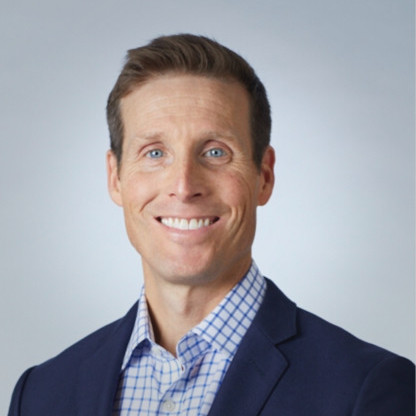Taking a company public is a major milestone, and a major effort, at any time—even more so in the midst of a pandemic.
But that’s exactly what Sumo Logic did, helmed by CEO Ramin Sayar, a long time friend of Clari.
Sayer attributes a key part of Sumo Logic’s success to the company’s revenue operations philosophy, where teams work together to create revenue predictability — the cornerstone of Sumo Logic’s successful public debut.
“There's a connective tissue between the metrics that matter, accountability, and organizational structure and models,” Sayar says.
I spoke to Sumo Logic’s President and CEO Ramin Sayar about these three components during Generation Revenue 2021, Clari’s virtual conference for the next generation of revenue leaders.
Know the Metrics That Matter
“The first bucket when you're preparing for predictability is making sure that you have the metrics that matter, and that you can transition from what you're measuring today to what you need in the public markets,” Sayar says.
In a private or venture-backed company, the metrics that matter tend to focus on annual contract value (ACV) or annual recurring revenue (ARR). But when you go public, investors, and shareholders are interested in total revenue and operations loss.
“You need to figure out what metrics that matter span the different types of predictability you need, not only from a bookings and revenue standpoint but from other functions in the business,” Sayar says.
These metrics tie to company goals that have an impact all the way through the organization. Transitioning which metrics you’re tracking and creating company goals around them might change the way you enable your sales team or analyze the value of different customer accounts.
“There's this transition that you have to go through as a leadership team and a company in terms of what you're internally communicating and measuring versus what is expected of you externally when you go public,” Sayar explains.
The C-suite becomes even more accountable for everything revenue operations touches.
“Suddenly your net dollar retention, your revenue from renewals, and your land-and-expand model becomes the collective ownership of the CFO, the CEO, and the CRO,” he says.
Full-Team Accountability Requires Organizational Shifts
“Accountability doesn't always work because most companies are functionally-oriented, and you need to move from a functional structure to an accountability structure,” Sayar says. “If you keep growing and putting resources in a pure functional model, and you don't have an accountability-based organizational model that aligns these metrics, it's harder to drive ownership. It's harder to drive predictability.”
At Clari, we’ve seen how powerful it is to move from a functional structure to an accountability structure. When our customers have made this shift by operationalizing their strategic growth initiatives from the boardroom level right down to the front line, it has resulted in more coordination across teams and, as a result, an increase in team performance and sales predictability.
At Generation Revenue, we brought together RevOps leaders like Sayar who are changing the future of business.
Read more highlights:


